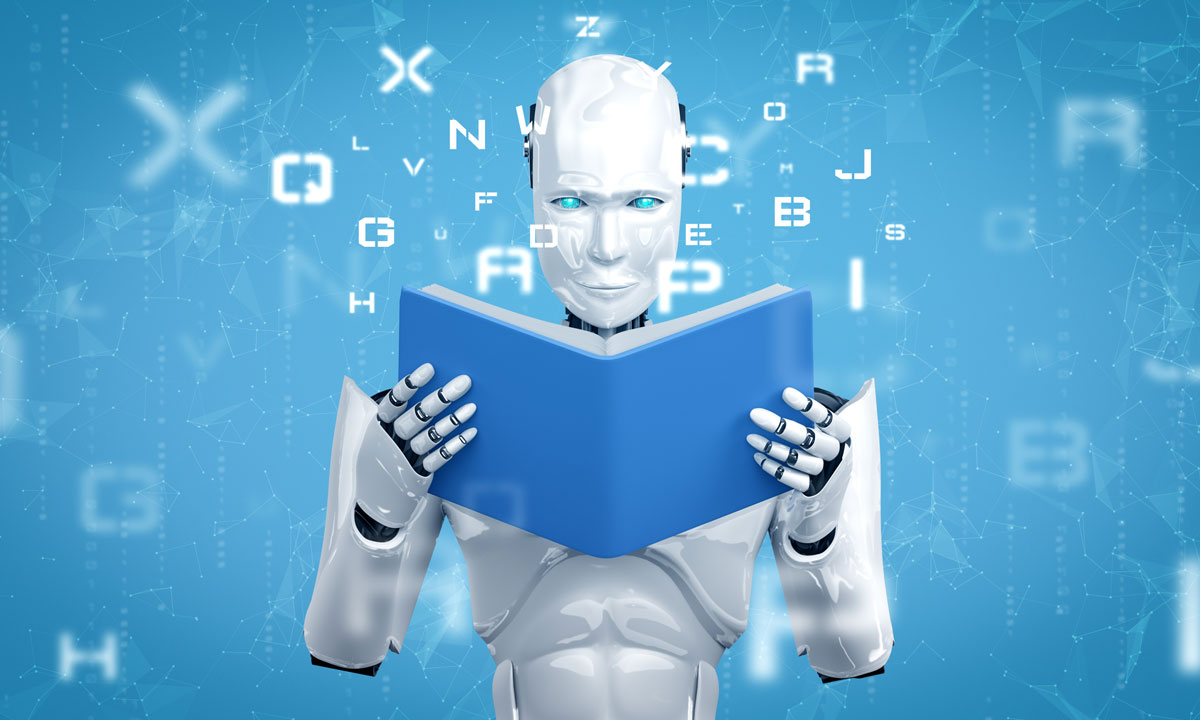Forget ChatGPT — Extractive AI Is the Real Game-Changer for Teachers, Students
Dougal: Artificial intelligence is here to stay. Schools can embrace it and seize the opportunities it offers or try to resist and become obsolete.

Get stories like these delivered straight to your inbox. Sign up for The 74 Newsletter
The way schools are organized, staff are deployed and time is allocated have a powerful impact on the way teachers do their work. As a result, these structures have significant influence on how students learn and experience school.
Artificial intelligence could be harnessed to completely reshape all that.
Just as AI is being used in other professions to improve productivity, engagement and the quality of output, so, too, it could be leveraged to transform how schools are organized.
The world’s top education systems, like Singapore and Finland, create opportunities for school staff to work together and learn from one another. At its best, teacher collaboration involves structured mentor-mentee relationships, coaching, course development, lesson planning, observation, debriefing and more. But that isn’t the standard experience for U.S. teachers. Here, despite large investments in learning communities and other collaborative models, many teachers spend nearly the entire day in front of students, having little time to work with colleagues to improve practice.
In such environments, the rise of AI is likely seen as a threat that carries the very real risk of replacing human educators.
However, in high-performing systems where schools are organized around collaboration, AI can be greeted as an asset, deployed for the benefit of students and seen as an enhancement of the human and relational work of teaching.
While ChatGPT, Google Bard and other generative AI tools are making headlines — and are the subject of great resistance — it may be extractive AI models that hold the most exciting promise for educators and students.
Extractive AI is a form of natural language processing that uses deep linguistic techniques to replicate human comprehension of text — moving closer to a form of human language understanding. It can pull huge amounts of information together in a way that is explainable and traceable back to the original source. This is because extractive AI takes a query and returns “information as direct quotations from the source, whereas generative models are trained for generating language and capable of writing new text from scratch.” That ability to track back to original sources is a huge advantage in schools because material produced by extractive AI can be verified or debunked — avoiding the type of wrong, inaccurate or flawed responses that have become known as machine hallucinations.
Combining these two approaches to AI may hold the most power for both students and teachers. Based on its ability to generate new content from established patterns, generative AI is ideal for creating summaries and drafts. Meanwhile, extractive AI, based upon its ability to draw out specific and traceable ideas and concepts from large data resources, is ideal for assembling, organizing and synthesizing new learning from any source from within or outside an organization’s library of content, curricula or lesson plans.
For example, teachers could take the outputs from extractive AI, review the sources and assumptions and together create new and engaging learning experiences. This technology could be used as a virtual research assistant, allowing teachers to critique, vet and consider AI-generated coursework and recommended sources. It would complement and propel the higher-level work of teaching by making routine and tedious tasks, such as pulling together relevant materials about a particular topic, less labor-intensive. This would give educators more time to focus on evaluating, synthesizing and turning information into a lesson that comes alive for students, creating more engaging classroom activities, project-based learning experiences and effective lesson plans — the more creative and human aspects of their jobs.
It holds similar promise for the learning experiences of students. AI can serve as an amazingly adaptive textbook or course developer — on demand, in real time, in ways that respond to evolving student needs. Used strategically, AI that combines both extractive and generative models could create individual education plans for all students.
Unfortunately, many schools are banning the use of AI, especially generative models, out of concern that students will have the technology do their homework for them. This is not just misplaced fear but reflects a bigger issue: If you are assigning homework that can be done by a machine, no matter how intelligent, you are assigning the wrong kind of homework.
That kind of academic experience is preparing students for obsolescence — replacement by machines. If all a student can do is replicate what a machine can do, but more slowly and expensively and with more errors, that’s a path to low or no wages for the individual and economic instability for the country.
Instead, by embracing the technology, by putting it to use in the classroom, students can learn to use and thrive alongside new technologies in ways that are fundamentally human. Being able to take what a machine can produce and add value to it will be an essential skill in the future workplace.
Properly deployed, AI can elevate the work of teachers and strengthen the 21st century readiness of students.
Welcome or not, artificial intelligence is here to stay. Schools can either embrace it and seize the opportunities for the benefit of all students and educators, or try to resist it and become even more obsolete.
Get stories like these delivered straight to your inbox. Sign up for The 74 Newsletter

